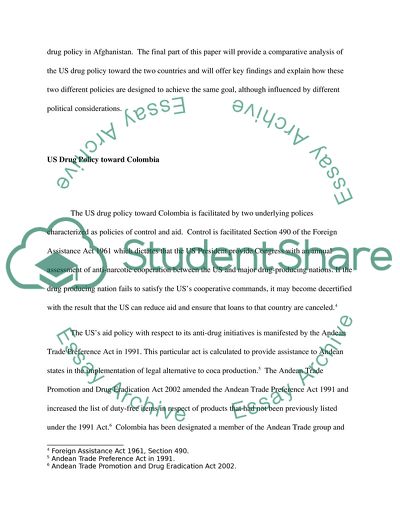Cite this document
(“USA Drug Policy approach on Colombia and Afghanistan Essay”, n.d.)
USA Drug Policy approach on Colombia and Afghanistan Essay. Retrieved from https://studentshare.org/politics/1561154-compare-the-usa-drug-policy-approach-on-colombia-and-afghanistan
USA Drug Policy approach on Colombia and Afghanistan Essay. Retrieved from https://studentshare.org/politics/1561154-compare-the-usa-drug-policy-approach-on-colombia-and-afghanistan
(USA Drug Policy Approach on Colombia and Afghanistan Essay)
USA Drug Policy Approach on Colombia and Afghanistan Essay. https://studentshare.org/politics/1561154-compare-the-usa-drug-policy-approach-on-colombia-and-afghanistan.
USA Drug Policy Approach on Colombia and Afghanistan Essay. https://studentshare.org/politics/1561154-compare-the-usa-drug-policy-approach-on-colombia-and-afghanistan.
“USA Drug Policy Approach on Colombia and Afghanistan Essay”, n.d. https://studentshare.org/politics/1561154-compare-the-usa-drug-policy-approach-on-colombia-and-afghanistan.


